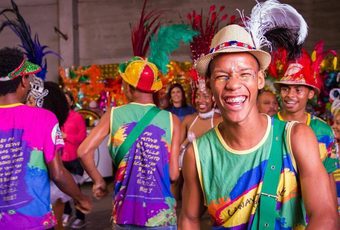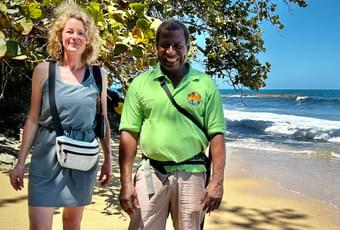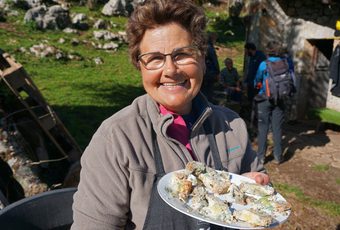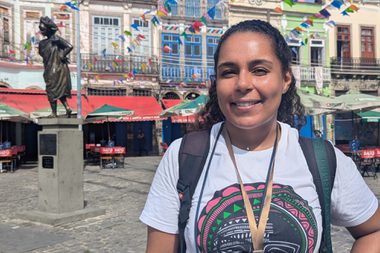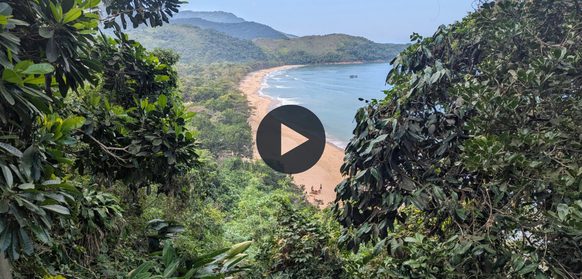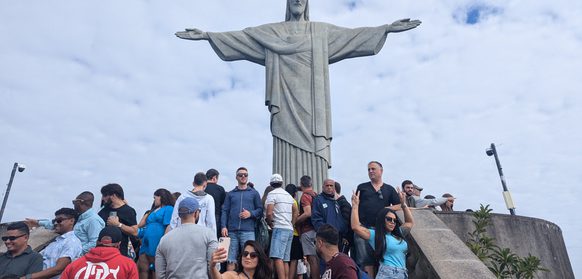Should you do a favela tour when visiting Rio de Janeiro?
One thing you might find a little conspicuous by its absence in our trips is any reference to favela tourism. This has become incredibly popular in Rio these days, but it is a concept which has never entirely sat comfortably with us.
At its best, favela tourism can help break down tired stereotypes. The vast majority of people living in these communities are peaceful, friendly and welcoming Cariocas. Of course, many favelas have serious issues with drugs and some are downright dangerous places ruled by gangs. But in the right places and when done well, tourism can show a different side to favelas and at the same time provide economic nourishment and independence.
Some communities are doing this successfully through art projects, for example. But certain inescapable truths remain. There’s a fine line between curiosity and voyeurism, one which, once crossed, reduces it to rich looking at poor.
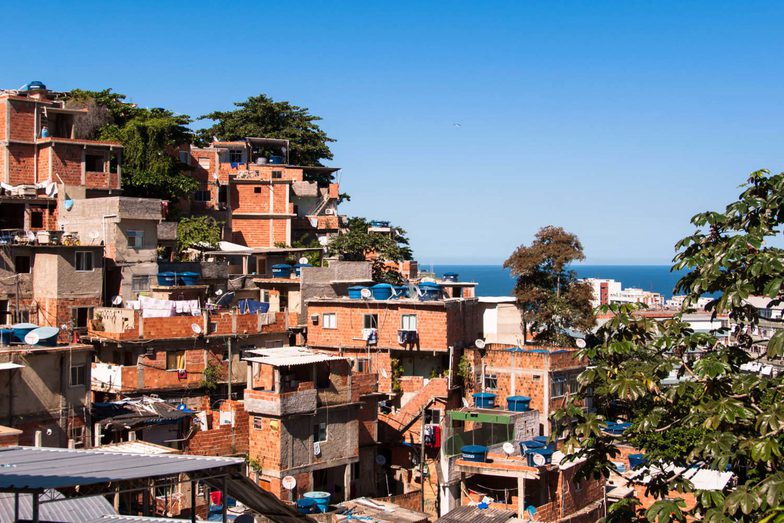
You have to be really careful to understand the context of any visit. Is it really helping the local community? Is it breaking down stereotypes, or perpetuating them? Some favelas, like Rocinha, are way too dangerous for us to ever suggest visiting them. Vidigal has been gentrified to the point where it has lost much of its original community fabric.
We visited one such project recently to have a first-hand experience. Our experience of being in the favela was fine. It never felt dangerous, but it was awkward and simply not particularly enjoyable or interesting. At several points, we were asked to put phones/cameras away and we just felt like we were in the way. There were drugs openly being sold on a large table at the bottom of some steps. We hurried through behind our guide with a nervous smile. But would you want to see this?
The project, a replica of which you can see outside the Modern Arts Museum (below), was very interesting. But it felt detached from the community - figuratively as well as literally, because it was fenced off in one corner where the forest was trying to take over. There was no apparent economic benefit to the community, which seemed ambivalent towards it. Put simply, the online description fell well short of the reality.

Ultimately, this is a personal choice. We're not saying there's a right or wrong.
We would, however, suggest asking yourself a question: at what other point does my itinerary prioritise local people in this way?
We've seen a lot of Brazil itineraries and very few, if any, really and truly are built around local people. Rio is normally about Christ the Redeemer, Sugar Loaf and the beaches. At its best, you're limiting the 'people' aspect of the cities to a favela, which is simply not representative of Rio as we know it. Is it a tick-list commodity like the cable cars? At worst, you're at risk of wandering into voyeurism territory.
For us, there are simply better, more enjoyable and more meaningful ways to connect to local people and hear the stories of this wonderfully vibrant and vivid city.
That’s why we prioritise the story of Little Africa, of the carnival schools, of samba, of the remarkable way in which Brazil itself came into being.
We start with the people, and everything follows from there.
